Addressing Brain Health at Work - WTT Connected Community Recap
Brain health is often overlooked in workplace wellbeing conversations, yet it plays a vital role in how employees function, focus, and feel at work.
At our Q2 WTT Connected event, participants came together to explore the intersection of brain health, mental wellbeing, and neuroinclusivity. The discussion illuminated both current challenges and promising strategies to create environments where all minds can thrive.
What Brain Health Means in the Workplace
Participants were invited to reflect on the term “brain health” and shared a wide range of responses: brain capacity, mental stimulation, dopamine, stress, burnout, fatigue, the intersection with stages of life such as menopause and more. These reflections shaped our understanding that brain health isn’t limited to clinical mental health, it encompasses everything from managing stress to nurturing neurodiverse ways of thinking.
At Wellbeing Think Tank, we’ve explored brain health through four lenses during this program year:
Neuroscience and cognition – Supporting brain function as we age and work longer
Mental health – Preventing burnout and managing emotional stress
Neuroinclusivity – Creating space for different cognitive styles and experiences
Productivity and performance – Helping people thrive, not just survive
Where Organizations Face Challenges
While awareness is growing, organizations still face barriers when it comes to implementing brain-friendly and neuroinclusive practices:
Inaccessible Interviewing and Hiring Practices - Traditional processes may overlook neurodivergent candidates whose strengths lie outside the norm. Even small adjustments, like preparing candidates in advance or allowing different communication formats, can make a difference.
Unwritten Rules and Rigid Expectations - Many workplace norms unintentionally exclude those who think or process information differently. Lack of flexibility in communication or space (like open offices) can present unnecessary challenges.
Limited Support for Managers - Managers are often expected to support employee wellbeing without receiving training or tools themselves. This disconnect can lead to burnout and missed opportunities to model healthy habits.
Practical Strategies that Work
Despite these challenges, attendees shared meaningful, realistic approaches their organizations are using to support brain health and mental wellbeing:
Mini Mindfulness Sessions - Short, consistent breaks help employees reconnect and reset.
Reading & Gardening ERGs - Community-building via hobbies.
Gratitude Challenges and Journals - Simple prompts created ripple effects of positivity and reflection.
Board Games and Puzzles - Bringing people together to relax and engage naturally.
Mental Health Walks and Breaks - When leaders normalize taking breaks, employees feel more comfortable doing the same.
Feedback Loops and Universal Design - Asking for employee input, especially from those with lived experience, and designing with flexibility in mind benefits everyone.
Supportive Manager Training - Some organizations are embedding wellbeing modules into leadership development to equip managers to both care for others and themselves. Examples included a “worksite wellness menu” and one-pagers for frontline hospital staff, and "I'm a Manager, Now What?" training for new managers with embedded wellbeing practices.
A Culture of Curiosity, Not Perfection
One recurring insight was the value of creating space for trial and error. From experimenting with fidget tools at events, using sunflower lanyards for hidden disabilities, to building quiet rooms for overstimulated team members, many efforts started small but had significant impact.
As one participant shared, “Just asking for input changed everything. Suddenly, people had ideas, and we had the chance to try things we’d never considered.”
Personal Commitments, Collective Impact
To close the event, each participant named one thing they would do in the next month to support wellbeing, for themselves or their teams. Ideas included:
Taking lunch away from your desk
Practicing self-care by setting realistic expectations
Scheduling a mental health day “just because”
Practicing gratitude or journaling
Taking “off the grid” tech breaks
Enjoying a bike ride
Blocking time for deep focus or meditation
Scheduling wellbeing breaks
Applying for Safe Champions program
These micro-practices serve as reminders that culture shifts start with personal action. We can ALL be leaders for wellbeing!
Want to be a part of our next WTT Connected conversation?
Explore our Connected Meetings schedule here!


